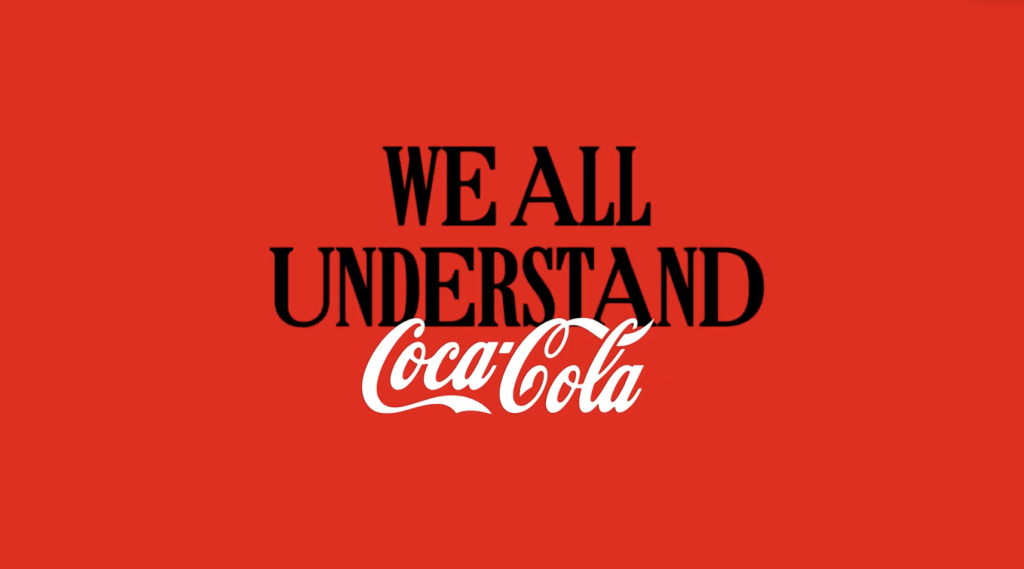In today’s diverse and interconnected world, working with individuals from various backgrounds is becoming the norm. However, we still have a long way to go to fully understand and embrace the positive impact of cultural transformation in our society and the workplace.
I was recently invited by a global Fortune 500 company to speak about cultural diversity. One of the downsides of speaking engagements during the post-pandemic is the inability to connect with the audience directly, see the reactions on their faces, and be able to answer questions in real-time. However, I discovered that video conferences have allowed people to be more outspoken and share personal stories and feeling, perhaps less judged by a larger crowd.
Culture at the Center of Innovation
In today’s global economy and interconnected world, working with individuals from diverse backgrounds is becoming the key to creating a process that empowers an internal culture of powerful and authentic personal brands, alongside developing a strong company brand. It’s imperative to develop an integrated approach to building confidence, and authentic personal brands for every member of the company, from C-suite executives to new employees and emerging leaders. Innovation and transformation come from understanding and embracing a plurality of voices and experiences:
- Encourage diverse voices to participate in the creative processes
- Increase diverse representation in the boardroom and C-suite
- Have a true representation of your consumer in the room
- Attract an energetic workforce, increase productivity and inclusiveness
Foster a Sustainable Process for Cultural Leadership
To achieve a sustainable and organic process, companies must prioritize a process to develop people’s key strengths, and create channels for open, non-biased communications allowing every team member to develop connections, confidence, and visibility across all levels of leadership. Internal programs should provide education and training on culturally appropriate communication which includes nonverbal and business etiquette aligned with the company’s core values and global business operations. Analyze linguistic and cultural nuances as challenges and strengths.
I remember way back when I was working as an architect on the west coast; during a team meeting a Sr. Architect called a Jr. Architect a ‘subordinate’. Both individuals were from different countries and the term ‘subordinate’ had a completely different meaning for both employees which created tensions and frictions for the team. To fix the problem, one of the executives asked everyone for a definition of ‘subordinate’ and it was a beautiful teaching moment enforced by the power of cultural awareness and mutual respect.
Companies that embrace people’s differences can benefit from not only increasing attraction and retention of talent but also may spark innovation, a better understanding of consumer behavior, and gain a competitive advantage. If the pandemic has taught us anything, it is that companies have to be ready to adapt to unpredictable times and being innovative and culture-centric has to be a top priority.
Learn more about our team at Nativa as well as our work in thought leadership here!




